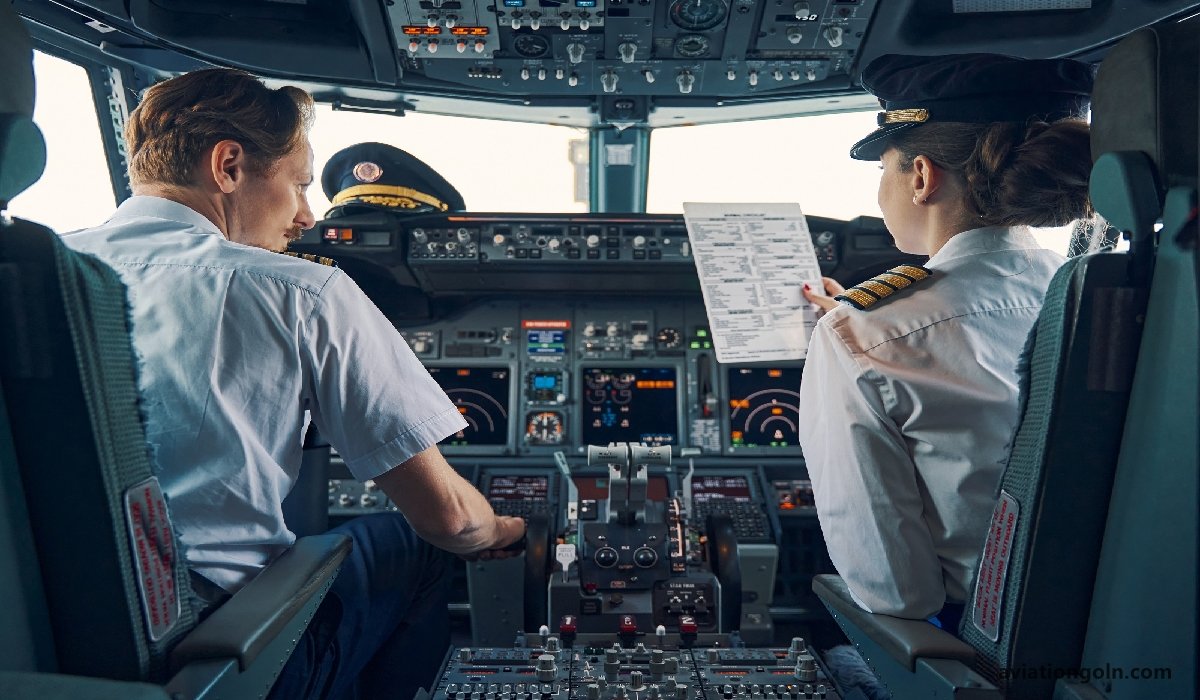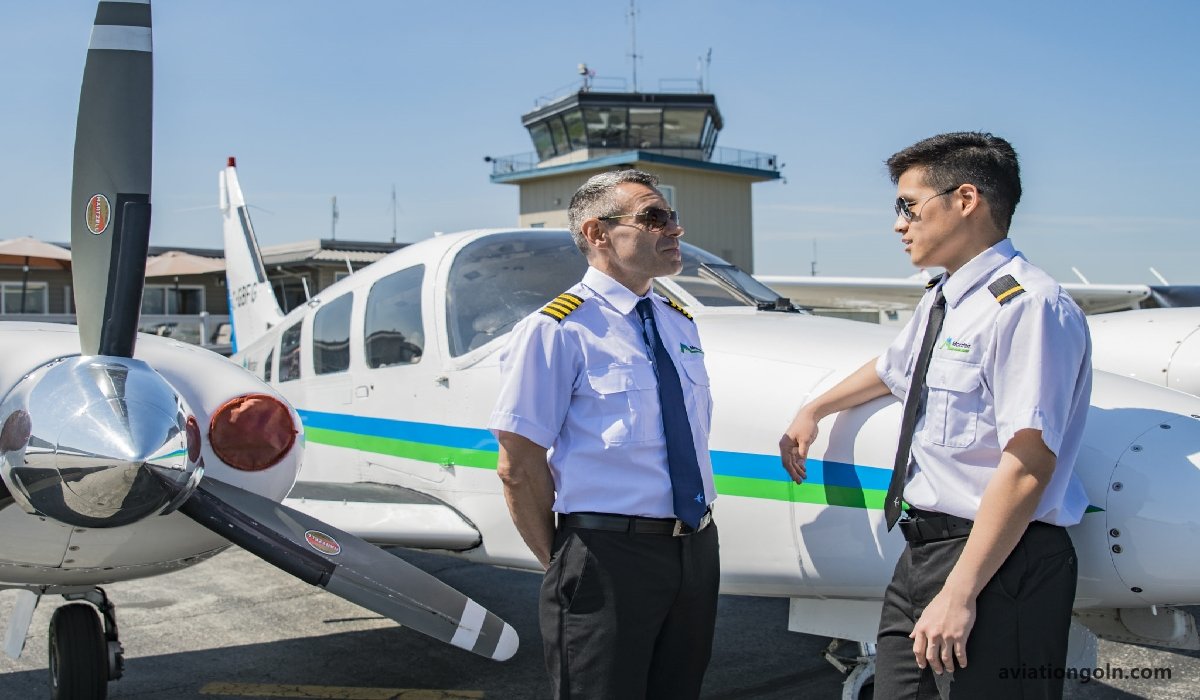Commercial Pilots: Being a commercial pilot is one of the most sought-after professions within the aviation sector, replete with the promise of adventure, prestige, and attractive compensation packages. From flying international routes with major airlines to undertaking specialized tasks in regional areas, commercial pilots wear multiple hats, ensuring passenger safety and timely transport. This article delves into the world of commercial pilots, shedding light on their roles, training paths, and the spectrum of career opportunities within commercial aviation.

Commercial Pilots: Commercial Aviation Careers
II. The Role of a Commercial Pilot
A commercial pilot is licensed to receive compensation for flying. Unlike private pilots, who fly primarily for personal purposes, commercial pilots are paid to navigate the skies. Their responsibilities include:
- Aircraft Operation: This is the primary task, ensuring the safe and efficient operation of the aircraft.
- Navigation: Pilots utilize a range of tools, from traditional maps to advanced GPS systems, to navigate routes.
- Communication: Regular contact with air traffic control is essential to ensure safe takeoffs, flying, and landings.
- Emergency Management: A commercial pilot is trained to handle emergencies, making swift decisions to ensure passenger and crew safety.
- Regulation Adherence: Compliance with federal regulations and staying updated with changing guidelines is crucial.

III. Becoming a Commercial Pilot: Educational and Training Pathways
The journey to become a commercial pilot is intensive, involving rigorous training and acquiring a set number of flight hours:
- Education: While a college degree isn’t always required to be a commercial pilot, many airlines prefer candidates with a bachelor’s degree. Subjects like aviation, engineering, or related fields can be beneficial.
- Private Pilot License (PPL): This is the starting point, allowing individuals to fly for personal and recreational purposes. Acquiring this involves flight training, written exams, and a minimum flight hour requirement.
- Instrument Rating: Post the PPL, pilots often acquire an instrument rating, qualifying them to fly under a wider range of conditions.

- Commercial Pilot License (CPL): Upon accumulating more flight hours, aspirants can pursue the CPL, involving advanced training and stringent exams.
- Airline Transport Pilot (ATP) Certification: For those eyeing careers with major airlines, this certification is essential. It demands the highest number of flight hours and comes with age requirements.
- Additional Training: Many pilots continue their training to fly specific types of aircraft or to specialize in areas like agricultural spraying or aerial photography.

IV. Career Opportunities in Commercial Aviation
A commercial pilot license opens doors to a plethora of career opportunities:
- Airline Pilot: The most recognized career path, airline pilots often start as co-pilots or first officers, gradually progressing to become captains after gaining experience.
- Charter Pilot: These pilots fly corporate professionals or private groups, often on a more flexible schedule than airline pilots.
- Cargo Pilot: Flying goods rather than passengers, cargo pilots operate at various hours, often flying internationally.
- Agricultural Pilot: These pilots undertake specialized tasks like crop dusting, seed dissemination, or aerial water transfers.
- Medical/Emergency Services: Some pilots specialize in emergency evacuations, organ transports, or medical emergencies, playing a critical role in healthcare logistics.
- Flight Instructor: Many commercial pilots become flight instructors, imparting their knowledge to the next generation of aviators.
- Bush Pilot: Operating in remote regions, bush pilots provide transport for goods and passengers in areas lacking large airports.

V. Prospects and Challenges
The world of commercial aviation offers immense opportunities, but it’s also filled with challenges:
Prospects:
- Growth: With the global aviation market expanding, the demand for commercial pilots is projected to rise.
- Diversity: As highlighted, there are numerous specialized career paths a commercial pilot can pursue.
- Compensation: Senior pilots, especially those working with major airlines, often earn attractive salaries.
Challenges:
- Training Costs: Acquiring the necessary licenses can be expensive.
- Lifestyle: The job often involves irregular hours, leading to potential disruptions in work-life balance.
- Physical and Mental Strain: Pilots undergo regular medical evaluations, and the job can be mentally taxing, especially during emergencies.

VI. The Future of Commercial Piloting
Advancements in technology, including the rise of unmanned aerial vehicles and automated flights, are shaping the future of commercial piloting. While these technologies may modify the role of pilots, they won’t eliminate the need for human expertise. As aviation continues to grow, the scope for pilots to specialize, innovate, and adapt to new technologies will only increase.

The realm of commercial aviation is vast, offering myriad opportunities for pilots to carve out their niche. From navigating international skies with hundreds of passengers aboard to executing precise maneuvers in specialized sectors, commercial pilots play an indispensable role in global transportation, commerce, and emergency services.
Aspiring pilots should be aware of the challenges inherent in the profession, from the rigorous training and associated costs to the lifestyle adjustments. However, for those with a passion for the skies, the rewards — both tangible and intangible — can be immeasurable. The horizon for commercial aviation is expansive, and for pilots, the sky is not the limit but the beginning.
